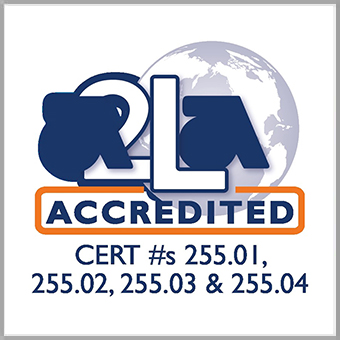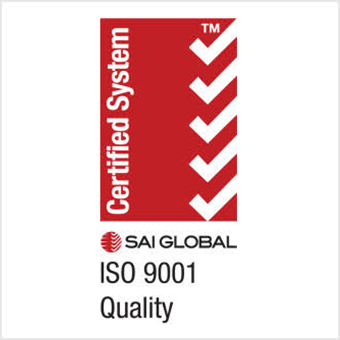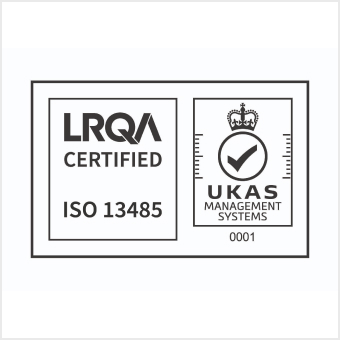Polymer engineering and material qualification for oil and gas applications is a daily challenge for engineers as they deal with ever higher pressures and temperatures at new depths and in new gases. Akron Rubber Development Laboratory, Inc. recognizes the need to support the Oil & Gas Industry with independent testing and has expanded its reputation as a world leader in material development and testing by investing in technology and equipment to meet today’s down-hole application requirements. ARDL recently received accreditation by A2LA to perform the NORSOK M710 and NACE TMO 192 testing for elastomers and thermoplastics.
In April of 2011 ARDL’s engineering department began successful testing and research of sealing materials and rubber compounds in high temperatures/high pressures in gases and fluids seen in the oil field and drilling industries. This testing and research is an extension of many years’ experience and expertise in compound development, pressure testing and material qualification services.
The expanded qualification of non-metallic sealing material capabilities includes NORSOK M710 Rev 2 (Annex A and Annex C) aging in high temperature/high pressure environments in fluid to measure the change in mechanical performance and chemical degradation. The pressures available to our customers range from 0 to 20,000 psig for vessels which can test up to three different compounds simultaneously in a variety of test fluids. Our pressure chambers are set up to age materials in sweet and sour gas (containing H2S) environments as well as with other chemicals found in deep well applications.
Temperature capabilities range up to 300°C and specimen sizes include BS-325 size O-rings and standard ASTM dumbbells. ARDL RGD Explosive Decompression capabilities for NORSOK M710 Rev 2 (Annex B) and NACE TMO 192 allow for pressures up to 6,000 psig and release rates up to 500 psig per minute performed to the number of cycles required by the customer. ARDL’s expertise in material analysis includes examination of the material cross sections using 10X microscopy.
This testing reproduces the service environment in which rubber seals operate, and the cyclic testing is used to determine the robustness of a rubber compound subjected to a sudden and repeated loss of pressure in a down-hole environment.



